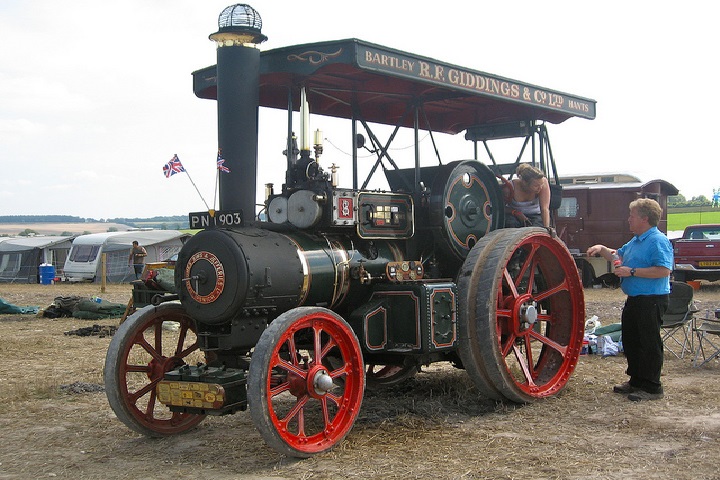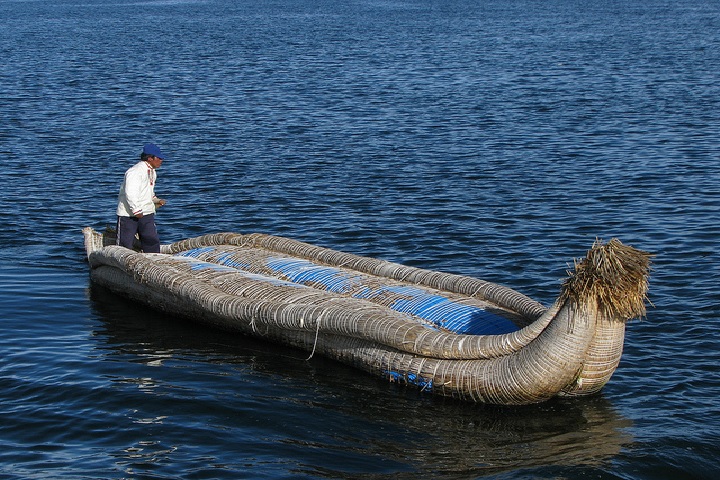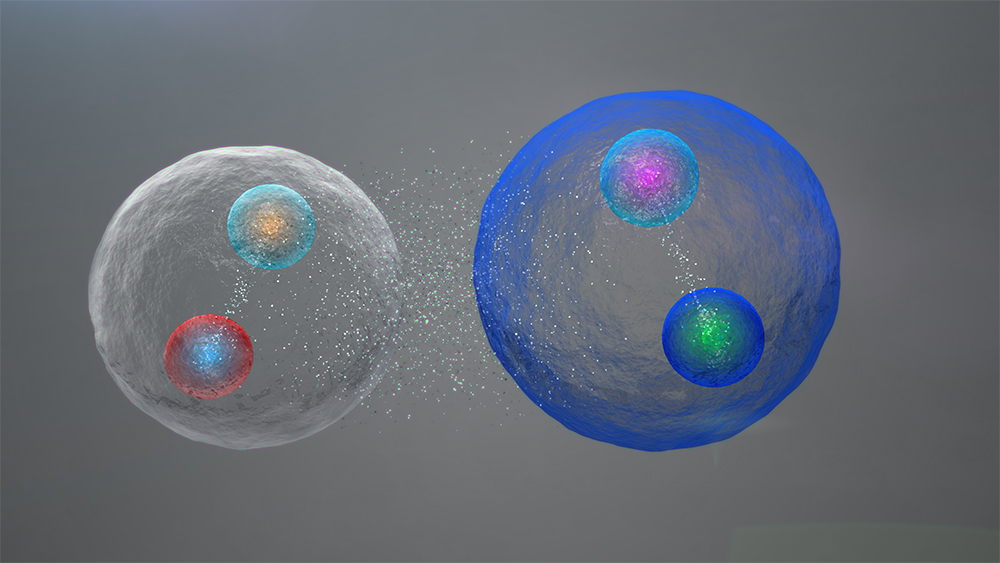Transport is the way in which things are carried from one place to the other. Today, the sight of a man travelling to space is quite normal but it has taken a long time for humankind to travel like this. How did people and things travel many years ago? Think.
Earliest humans had no fancy transport to travel. So what did they do when they felt the need to travel and explore? They used their legs. Humans and animals walked to travel from one place to other. For faster mode of transport, they used animals to carry things. However, this was a slow process. But this went on for many years until some round and spiky was discovered. Can you guess what it was?
A Wheel! The invention of wheel 5000 years ago changed the way people traveled. Coaches drawn by horses were used. This increased the speed of travel to 20 km an hour from a mere 7-8 km per hour. Wheeled carts also meant that heavier loads could be transported over longer distances. Travel became faster than before.
Roads
Slowly the roads were improvised. Coaches or carts were pulled by using pack animals – donkeys, oxens or horses. They were used to transport goods and people. In 1886, a German inventor Karl Benz came up with the idea of motor run wagons. A wagon that carried its own engine or motor that made the wagon run faster and pulled more number of people. This event is often known as the ‘birth of the modern automobile’. These wagons were mainly constructed for the transport of people rather than goods.

In 1900’s, The first commercial motor car ‘Model T Ford’ was made in America. It was cheap and built in huge numbers. It could reach the speed of 64–72 km an hour. Today, the fastest running car is Ferrari. Can you guess the speed that Ferrari can reach up to? Whooping 400km/hr!
Rail
Why railways? Wasn’t road travel good enough? No. Not for the transport of heavy goods in big quantities. Imagine you are living in 1800’s. If you had to carry 2000 Kg of coal from one place to other, how would you have done it? That’s when the concept of rail took birth. When wheels roll in the grooves on a rail, they requires less energy to run and also run faster than the road transport due to less friction. Thus, railroads became suitable for carrying heavy goods and were faster. Slowly, people also began to travel as it made travel cheaper and quicker. Earliest rails were known as ‘Wagonways’.

The invention of steam engine gave a historic leap to the rail travel. The first basic steam engine was developed by Thomas Newcomen. In 1781, James Watt created a steam engine that produced continuous rotative motion. This concept was applied in railway locomotives where steam produced from water and coal fuelled the engine.
Water
In primitive times, boats were developed to be used in rivers for fishing. Egyptians made boats out of bundles of bound papyrus reeds.

Then sail were invented and they used the wind to move the ship. Sailing ships were used to carry cargo for trade. Ships were also used in war. Later, Steam engines made ships travel even faster. Can you tell what travels inside the water? A Submarine. It is a water craft that can operate under water.
Air
Your grandmother’s grandmother would not have imagined that anything other than birds would ever fly in the air! Can you guess what were the first man-made flying objects? Kites! The famous painter Leonardo da Vinci had conceived the idea of flying machines, but never constructed them. Before aeroplanes came into being, Montgolfier brothers invented the first hot air balloon. The first aeroplane ever was built by two American brothers, Wilbur and Orville Wright in 1903. The plane called The Wright Flyer was the beginning of air travel.
Space
Rocket technology is one of the most important inventions of the last hundred years. It has given humans a way of travelling into space and discovering a whole new world. The first human spaceflight was achieved with the Soviet space program’s Vostok 1 mission in 1961. Yuri Gagarin was the first astronaut. Do you know who was the first man ever to step on the moon? Neil Armstrong. Click here to read more about the first walk on the moon.
So you can see that transportation means have also evolved with the human civilization. And it would keep on doing so. Who knows in a few years from now, going to Mars might be as easy as buying a metro ticket and hopping onto a spacecraft.





Leave a Reply